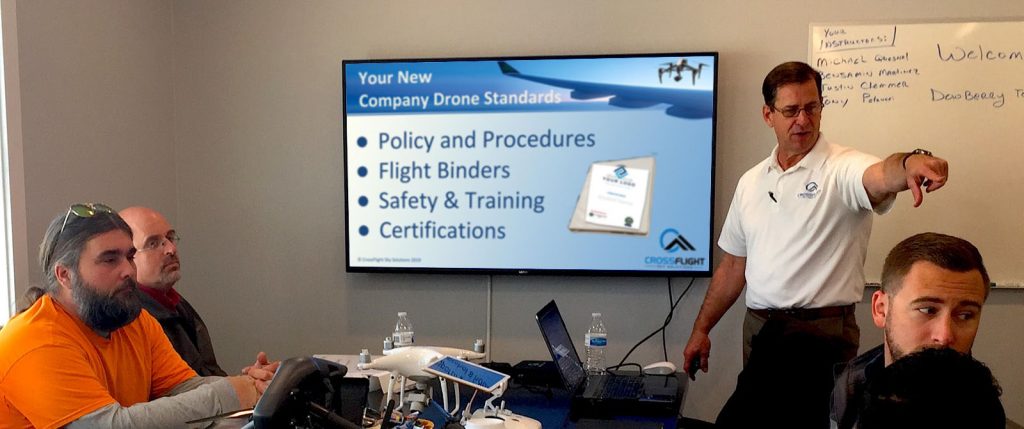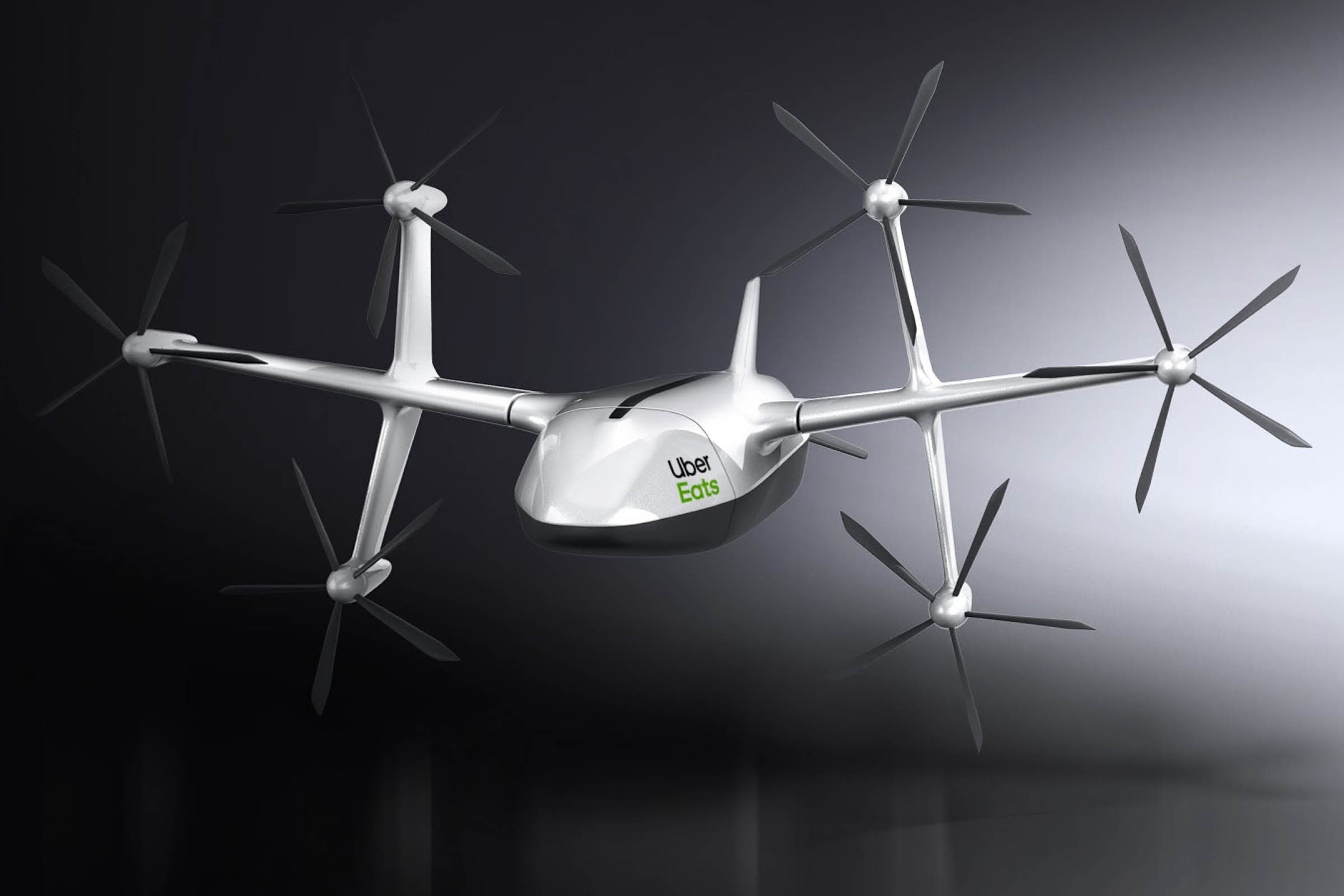There are a few safety guidelines you should follow when starting your drone business. First, always fly your drone in accordance with the law. This means flying in approved areas, staying below 400 feet, and avoiding restricted airspace.
Second, make sure your drone is registered and has all the proper markings. This will help identify it if it falls out of the sky or gets lost. Third, inspect your drone before each flight to make sure everything is in working order.
Check the batteries, propellers, and cameras to ensure they are all functioning properly. Finally, always keep your eye on the drone while it is in the air. If you lose sight of it, bring it back to you immediately.
By following these simple safety guidelines, you can ensure that your drone business will be a success.
There are a few safety guidelines you should keep in mind when starting a drone startup:
1. Always fly your drone in accordance with the law. This means understanding and following the rules and regulations set by your local authorities.
2. Make sure your drone is registered and has all the required markings. This will help ensure that your drone can be identified if it goes missing or crashes.
3. Keep your drone within visual line of sight at all times.
This means being able to see your drone at all times, without the use of binoculars or other devices.
4. Never fly near airports or other restricted areas. This could pose a serious safety hazard to both you and others nearby.
5. Be aware of your surroundings and avoid flying over people or property. Remember that a drones can fall from the sky at any time, so always exercise caution.
What are the rules to fly your drone in 2022?
What are Some Common Safety Guidelines for Operating Drones?
Operating a drone can be a fun and rewarding experience, but it’s important to follow some basic safety guidelines to ensure a safe and enjoyable flight. Here are some common safety tips for operating drones:
1. Always fly in good weather conditions.
High winds, rain, snow and other adverse weather conditions can make flying a drone unsafe. If the weather is not ideal, it’s best to wait for another day to fly.
2. Keep your drone within sight at all times.
It’s important to be able to see your drone while it’s in the air so you can avoid obstacles and stay aware of its surroundings.
3. Don’t fly near people or animals. Drones can cause serious injury if they collide with someone, so it’s important to keep them away from people and animals when flying.
4. Don’t fly over sensitive areas or property. Be respectful of others’ privacy and avoid flying over sensitive areas such as government buildings or private property without permission.
5. Follow all local laws and regulations regarding drones .
Each country has different laws about where drones can be flown, so be sure to research the rules in your area before taking off .
What are Some of the Safety Concerns of Drones?
As drone technology continues to develop, so do the safety concerns associated with their use. Here are just a few of the potential dangers of drones:
1. Loss of control: Because drones are often controlled remotely, there is a risk of losing control of the device.
This could lead to the drone crashing into buildings or people, causing serious damage or injury.
2. Interference with aircraft: There have been several reports of drones interfering with commercial aircraft, either by flying too close to them or by getting caught in their engines. This poses a serious safety risk to both the passengers and crew onboard as well as anyone on the ground below.
3. Privacy concerns: Drones equipped with cameras can invade people’s privacy, especially if they are used without permission. This could lead to people feeling uncomfortable or even threatened by the constant surveillance.
What are the Faa Rules on Drones?
There are a few different Federal Aviation Administration (FAA) rules that apply to drones, also called unmanned aircraft systems (UAS). First, anyone flying a drone for hobby or recreational purposes must follow the FAA’s model aircraft rules. These include flying only for fun, keeping the drone within sight at all times, and staying clear of airports and manned aircraft.
Second, anyone flying a drone for commercial purposes must have an FAA Remote Pilot Certificate and register their drone with the agency. To get a remote pilot certificate, you must be at least 16 years old and pass an aeronautical knowledge test at an FAA-approved testing center. You will also need to undergo a background check by the Transportation Security Administration.
Once you have your certificate and registered your drone, you can start flying commercially! There are some additional restrictions on commercial drones, such as flying only during daylight hours and keeping the drone within 400 feet of the ground. For more information on all of the FAA’s rules for drones, please visit their website or give them a call.
Do I Have to Register My Drone With the Faa?
Yes, effective December 21, 2015, anyone who owns a small unmanned aircraft of a certain weight must register with the Federal Aviation Administration’s Unmanned Aircraft Systems Registry before they fly outdoors. There are three different registration categories, based on the weight of your drone:
-Micro UAS: Less than 0.55 pounds (250 grams)
-Small UAS: More than 0.55 pounds but less than 55 pounds (25 kilograms)

Credit: crossflightskysolutions.com
Faa Drone Rules 2022
The Federal Aviation Administration (FAA) has announced its new rules for drones, which will go into effect in August of 2022. The rules will require all drones to be registered with the FAA and have a unique identifier that is visible on the aircraft. Operators will also be required to pass an aeronautical knowledge test and obtain a remote pilot certificate in order to fly a drone.
The new rules are designed to improve safety and reduce the risk of collisions between drones and other aircraft. They will also help law enforcement identify and track drones that are being operated illegally.
All drone operators will need to comply with the new rules or they could face civil penalties or criminal charges.
The FAA is also working on additional regulations that would allow drones to be operated in more areas without disrupting other aircraft.
Faa Recreational Drone Rules
In December 2015, the FAA released its long-awaited rules for recreational drone use. Under these new rules, recreational drones must be registered with the FAA and pilots must obey a set of safety guidelines. Here’s what you need to know about the new rules.
First, all drones weighing more than 0.55 pounds must be registered with the FAA. This can be done online at the FAA website and costs $5. Once your drone is registered, you will be given a registration number that must be affixed to your drone.
Second, recreational drones may only be flown in daylight and in good weather conditions. Pilots must maintain visual contact with their drones at all times and cannot fly them above 400 feet or near airports or other aircraft. Additionally, drones may not be flown over crowds of people or near stadiums or other events.
Third, pilots must yield right of way to manned aircraft and avoid flying in prohibited or restricted areas such as national parks or military bases. Finally, pilots are responsible for understanding and obeying all local laws and regulations regarding drone use.
The new FAA rules provide a framework for safe and responsible recreational drone use.
Faa Drone Regulations
The Federal Aviation Administration (FAA) is responsible for regulating drones in the United States. Currently, the FAA requires all drones to be registered with the agency. Drone operators must also comply with a set of safety rules, which includes keeping the drone within visual line of sight at all times and not flying near airports or other restricted areas.
The FAA is currently working on developing more comprehensive regulations for drones, which are expected to be released sometime in 2017. In the meantime, it is important for drone operators to stay up-to-date on the latest rules and regulations governing drone use in order to avoid any penalties or fines.
Conclusion
When it comes to drones, there are a few safety guidelines that you should keep in mind for your startup. First and foremost, always fly your drone in open areas away from people and property. Secondly, make sure to check the weather conditions before flying as high winds can impact your drone’s stability.
Lastly, always keep an eye on your drone while it is in the air and never lose sight of it. By following these simple safety guidelines, you can ensure that your drone startup will be safe and successful.

Leave a Reply